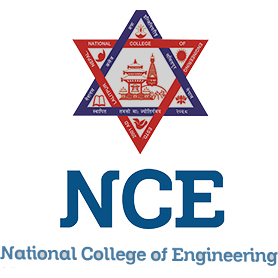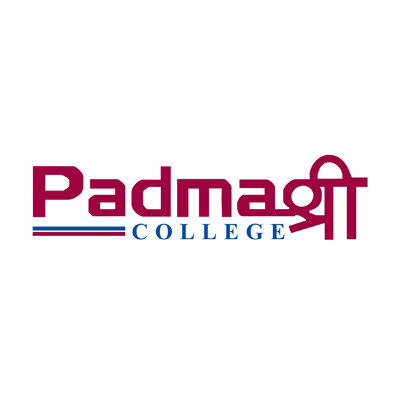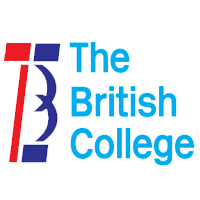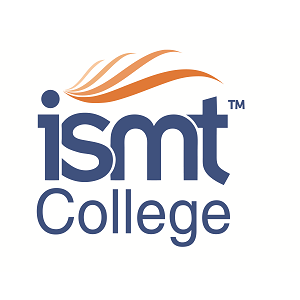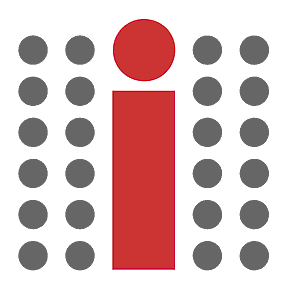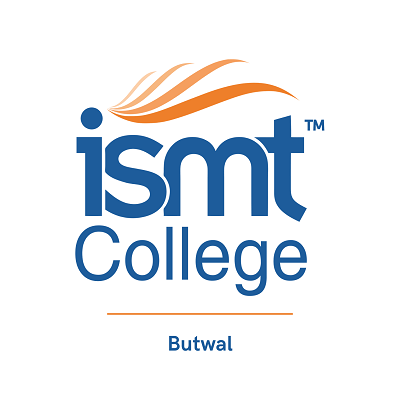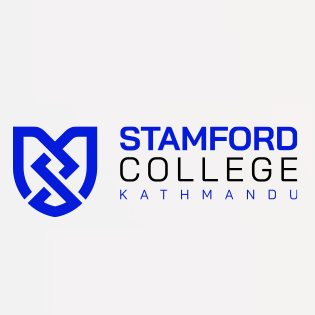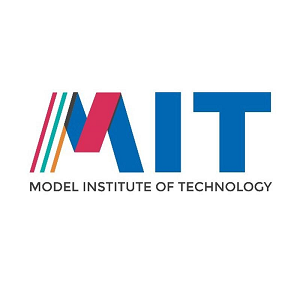Overview
BE Electronics, Communication & Information at Kathford College, Balkumari, Lalitpur
BE Electronics, Communication & Information at Kathford College in Balkumari, Lalitpur, follows Tribhuvan University’s Institute of Engineering framework.
The course builds a clear path through circuits, signals, embedded systems, and modern communication methods under TU rules.
Students who enjoy mathematics, physics, and hands-on lab work find a structured route from fundamentals to applied problem-solving across eight semesters.
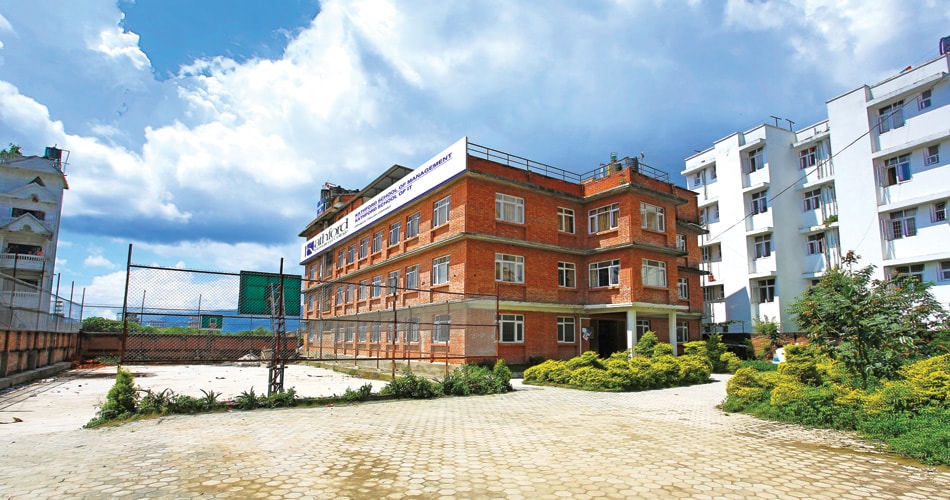
Affiliation: TU–IOE
Location: Balkumari, Lalitpur
Duration: 4 years (8 semesters)
Admission route: IOE entrance (merit based)
Highlights
-
Curricular authority: IOE sets syllabus, credits, and examination procedures.
-
Breadth and depth: Circuit theory, analog and digital electronics, signals and systems, control, communication methods, embedded platforms, and data communication.
-
Evidence of learning: Lab records, calculation files, schematics, code repositories, and a capstone with viva.
Curriculum Details
Early semesters build core engineering literacy. Students study engineering mathematics, basic electrical technology, and circuit theory. Labs cover measurements, instrument use, and safety. Analog electronics introduces diodes, BJTs, MOSFETs, biasing, small-signal models, and amplifier behavior. Digital electronics moves from logic gates to sequential circuits and timing.
Middle semesters focus on signals and systems, probability, and random processes. Control topics appear with feedback, stability checks, and simple controllers. Communication courses handle baseband and passband ideas, amplitude and angle modulation, noise behavior, and channel concepts. Microprocessors and microcontrollers introduce instruction sets, interfacing, timers, and communication buses. Operating systems, data communication, and computer networks connect devices and protocols to practical scenarios.
Later semesters extend to digital communication, coding schemes, and wireless principles. Antennas and propagation appear with radiation patterns and link basics. Optical communication and microwave topics introduce components and measurement hints. Electives vary by cycle and can include embedded platforms, DSP applications, VLSI exposure, or network security basics. A final project and viva bring circuits, code, and communication concepts together in a single submission.
Objectives
-
Build circuit confidence through steady practice in analysis, verification, and documentation.
-
Strengthen signal and system thinking so students can reason about time and frequency behavior.
-
Develop communication literacy that covers modulation, coding ideas, and link budgeting at a basic level.
-
Link hardware and software on microcontroller platforms for sensing, control, or simple communication tasks.
-
Prepare for entry roles through artifacts that supervisors can check and reuse.
Scope
Graduates work in telecom support, field maintenance, embedded systems assistance, electronics testing, and network operations. Some join software and IT units because of their OS and networking exposure. Others assist in manufacturing or service centers where documentation and test routines matter. Students who prefer theory continue toward postgraduate study or certification routes that build on communications, control, or embedded topics.
Learning Outcomes
-
Circuit analysis and implementation: Solve DC/AC problems, simulate small circuits, and translate solutions into working boards under supervision.
-
Analog and digital competence: Explain amplifier behavior, frequency response hints, logic timing, and sequential operation; verify with lab readings.
-
Signals and systems: Use time/frequency views, apply convolution and filtering ideas, and discuss sampling concerns.
-
Communication methods: Describe modulation, demodulation, bit error concepts, and noise effects; run small demonstrations in the lab.
-
Control sense: Check stability with standard criteria and prepare short notes on tuning.
-
Embedded literacy: Program microcontrollers, interface sensors/actuators, and record results that others can reproduce.
-
Network basics: Configure simple links, observe throughput/latency, and maintain clean logs.
-
Project readiness: Plan milestones, maintain a repository, present results, and respond to questions in viva.
Skill Development Modules
-
Measurement and instrumentation: Safe handling, calibration hints, error estimation, and neat logging.
-
Analog practice: Biasing, midband gain checks, feedback effects, and simple filter building.
-
Digital practice: Combinational/sequential logic, timing diagrams, FSM planning, and board-level checks.
-
Signals/DSP basics: Sampling, aliasing, windowing hints, and filter tasks using standard tools.
-
Communication labs: Modulation/demodulation demos, SNR observations, spectral views, and link notes.
-
Embedded stack: C or assembly on microcontrollers, interrupts, timers, UART/SPI/I²C use, and structured documentation.
-
RF and antennas (intro): Pattern observations, matching basics, and measurement safety.
-
Data and networks: Packet flow views, addressing, and short scripts for log parsing.
-
Professional practice: Record-keeping, version control, issue tracking, and concise technical writing.
Teaching Methodology
Faculty conduct lecture sessions followed by labs and short reviews. A typical lab cycle includes aim, method, stepwise readings, calculations, and a conclusion that quotes sources of error. Teams rotate roles—lead, recorder, builder, and presenter—so each student gains experience in planning and reporting. Internal evaluation rewards punctual submissions, readable schematics, and reproducible results. TU examinations conclude each semester under IOE rules.
Admission Requirements
-
Eligibility: IOE criteria for BE entry (10+2 Science or equivalent with required subjects and grades).
-
Entrance: IOE computer-based test is mandatory.
-
Selection: Merit-based placement subject to seat availability and campus procedures.
-
Documents: Academic transcripts, identification, photographs, admit card and result sheet, and completed forms within stated deadlines.
Career Opportunities
-
Telecom and network support: Installation assistance, basic configuration, maintenance logs, and field checks.
-
Embedded and electronics: Firmware tasks, sensor interfacing, board testing, and bench measurements.
-
Testing and QA: Instrument use, test plans, failure notes, and compliance checks.
-
IT and systems: Helpdesk, OS/user support, small network monitoring, and documentation.
-
Production/service centers: Routine repair assistance, calibration records, and inventory notes.
-
Further study: Communication systems, control, embedded platforms, or related postgraduate routes.
Scholarships and Financial Aid
Scholarship routes are communicated during counseling. Merit categories link to entrance rank or semester performance, and need-based support follows cycle notices. Students should confirm rules for renewal, document lists, and deadlines for the current intake.
Why Choose This Course?
BE Electronics, Communication & Information at Kathford follows TU–IOE standards while keeping steady contact with labs and practical checks. Students learn to connect theory, circuits, and code in small but reliable steps. Clear files—schematics, comments, logs, and photos—help mentors verify work quickly and guide improvements.
Conclusion
The course turns core concepts into measurable outcomes. Careful lab practice, tidy notes, and repeatable demos build confidence for internships and first roles. Students who organize repositories, track versions, and cite references find it easier to explain decisions and grow in technical teams.
FAQ
Is the IOE entrance compulsory for this program?
Yes. Admission depends on performance in the IOE entrance and subsequent merit lists.
How many semesters are included?
Eight semesters across four years.
Do students work on embedded systems?
Yes. Microcontroller programming and peripheral interfacing form a regular part of labs and projects.
Are wireless and optical topics covered?
Yes. Wireless principles, propagation hints, and optical communication appear in higher semesters.
What helps during placements?
Clean lab records, small working demos, readable code, and clear summaries of results.
Contact Kathford International College of Engineering and Management's administrative office for detailed information on the Bachelor of Electronics and Communication Engineering course, including fees, scholarships, facilities, counseling, eligibility criteria, etc.



